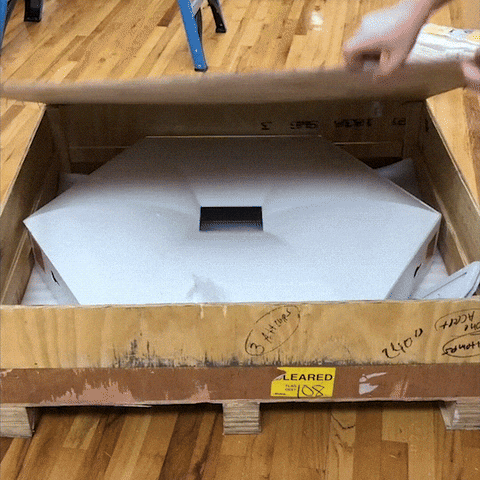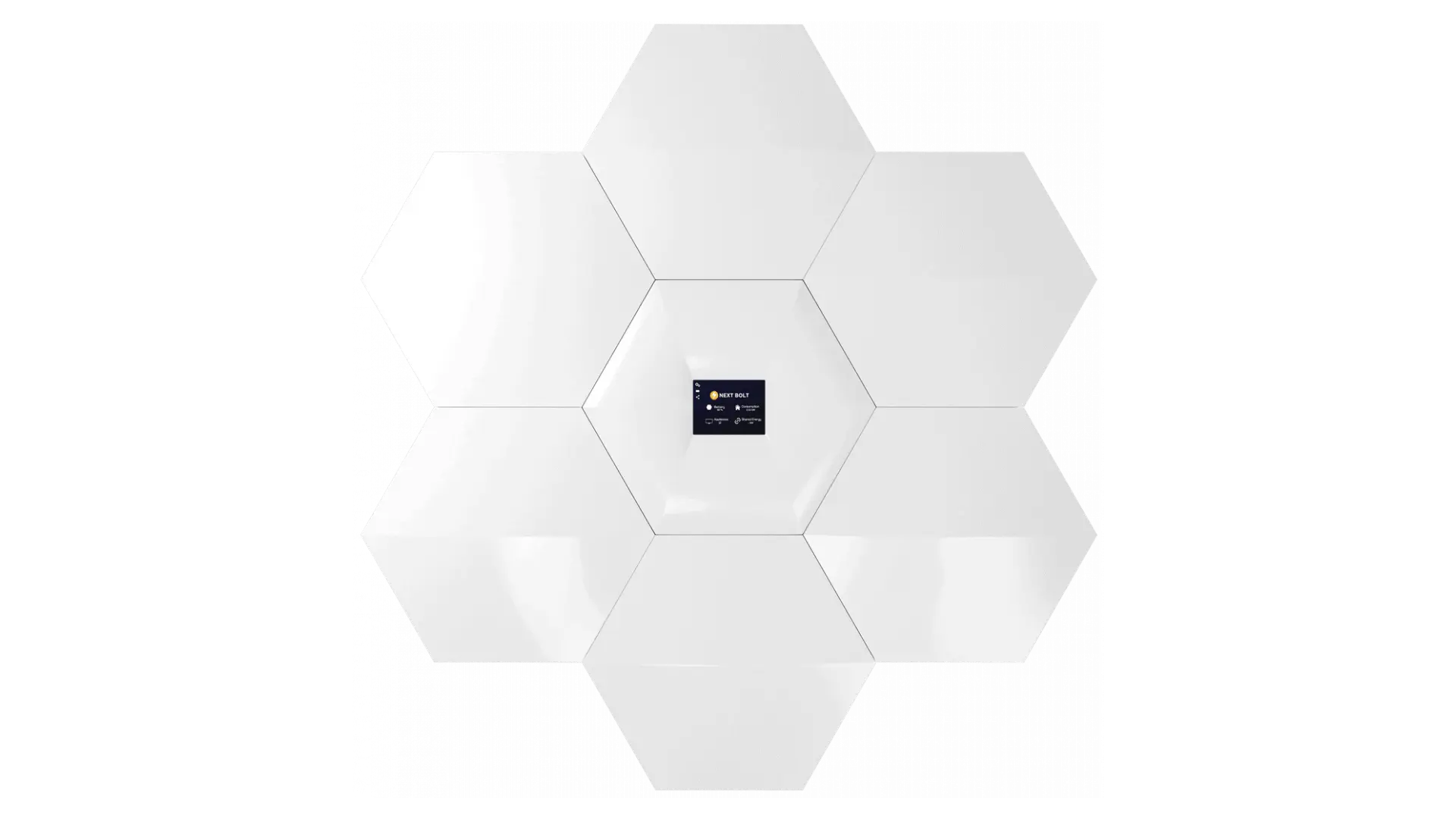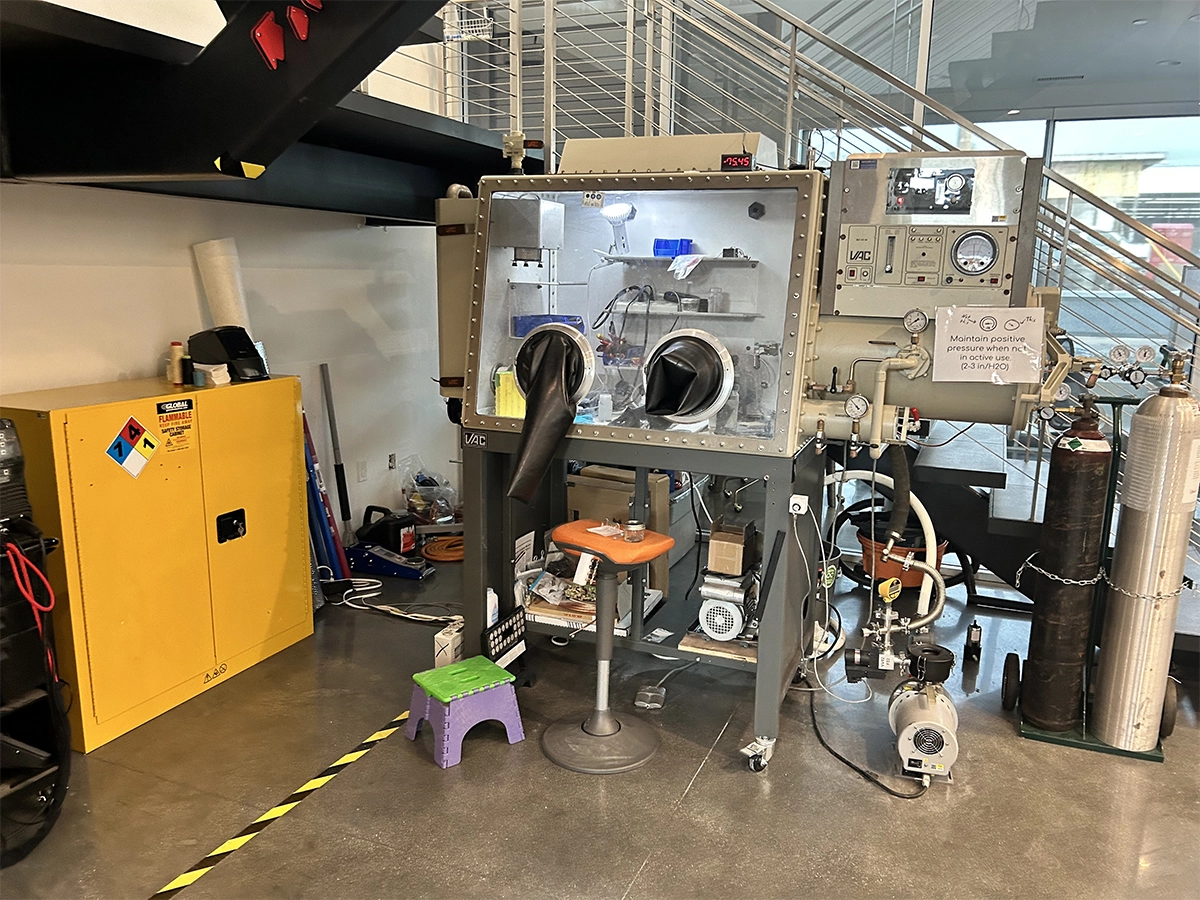Since our founding in 2019, Next Thing Technologies has been on a mission to create safer energy storage solutions.
That founding vision has manifested in the development of breakthrough sodium-ion battery technology to power a safer and more sustainable future.
Over the past four years, our talented team of engineers, scientists and partners have made significant strides in advancing this promising new chemistry from experiments in the lab to real-world applications.
Here’s a brief summary of everything we’ve achieved to date:
In 2020, we consulted with leading scientists in the field of batteries and identified sodium-ion chemistry as one of the most promising near-term paths forward. We brought on renowned expert Dr. Ahmad Pesaran to advise our team, who introduced us to useful trusted partners, evaluated technology for us, and gave us valuable data and insights.
In 2021, we brought on Dr. Shirley Meng to our team. Our design process began in earnest, with our team creating multiple prototypes for the battery shell. The first full-scale, handcrafted prototype was completed in September 2021 in the United States, followed by a more refined prototype partially produced in China later that year. Our advisor team helped guide us through testing plans and R&D, and introduced us to even more useful partners.
In 2022, we finalized the prototype design and raised $5 million from 6,300 investors in our first private funding round, demonstrating strong market interest in our technology. We iterated on the design of our prototype unit, and brought on additional advisors from companies like Tesla and Panasonic with experience in cell manufacturing, cell engineering, and battery product management.
We also hired a Physics Ph.D. who previously collaborated with some of the world’s top battery scientists, who introduced us to important cell R&D contacts and helped evaluate our R&D plans for constantly improving cell chemistry.
In 2023, bolstered by a successful fundraising round, we accelerated our battery testing efforts. We conducted a series of critical engineering tests, iterating on our early designs with the goal of improving our unit’s unique specifications to create a battery with true product market fit.
Our engineering team progressed through testing of multiple cell generations, refining the product with each iteration to improve performance, safety and cost-effectiveness (more on that below).
Thanks to the guidance of our advisors and engineering team, we developed an ideal achievable spec sheet that serves as the guiding light of our R&D process. We have since used this sheet to create key partnership contracts and optimize the design, performance, and safety of our battery systems.
Our team also developed new R&D processes and protocols to accelerate our development efforts, and we actively participated in industry events alongside top sodium researchers to contribute to the overall advancement of the industry.
In 2024, so far we’ve tested new electrolytes from potential partners and secured an additional $1.7 million. Now, preparations are actively underway for our first deployment of a sodium-ion battery powering a home.
We also built 2 new full unit prototypes of multiple sizes and form factors, which we have done massive sensor instrumentation for testing overall long term safety and effectiveness of the form factor.
Let’s put the above timeline in context:
With many aspiring startups vying to create the next-gen battery of the future, the real challenge in our industry is time-to-market.
Our company has extensively tested various sodium chemistries across multiple sizes and power formats, totaling over 45 cell-level tests. And now we’ve progressed to module and pack-level testing.
This means we’ve already surpassed the vast majority of other battery startups that never pass the preliminary “pouch stage” of cell testing.*
As it turns out, historical data from a report by Cambridge found that most battery companies get trapped in early development phases, unable to proceed to commercial viability.
In fact, any company who isn’t working with larger cell formats may as well be BEHIND the starting line — and we have extensive larger cell format testing and development experience under our belt.
Here’s a more formal accounting of everything we’ve done since our first funding round closed at the end of 2022:
Our engineering team has meticulously analyzed the quality of various contract manufacturers and all components of an energy storage system, including cell casings, battery management systems (BMS), modules, bus bars, and cell components.
Through this process, we have gained valuable insights into identifying high-quality cell manufacturers, optimal cell designs, essential components, and the most suitable cell sizes and types for our applications.
We’ve conducted rigorous testing on various aspects of our battery systems. This includes evaluating cell bolt types, exploring new chemistry formulations with different additives and electrolytes, testing anodes, modifying BMS designs, investigating sodium-ion cell cathode compositions, measuring heat generation, studying impedance effects, estimating battery performance under extreme conditions, and refining BMS algorithms for charging.
And not only that…
- Our team has tested modules and addressed module shorting issues. We have investigated cell sizing with heat shrink to optimize configuration and minimize fallout during the build process.
- We’ve conducted resistance testing on cell holders and module spacers, and procured sophisticated testing equipment to further advance our research capabilities.
- We’ve conducted spectral analysis on manufacturer end-life cells to verify material composition and performed gas sampling to ensure the safety of off-gas from sodium batteries.
- We found manufacturers and chemistries to reduce gas production rates, improved resistance against international shorting, and improved voltage swing window for compatibility with other systems.
- We also had the privilege of collaborating with a renowned laser scientist who assisted in analyzing our cells off gas at an atomic scale to ensure safety.
- We evaluated optimal inverter designs, vetted inverter manufacturers, and developed a novel prototype system for inverter testing.
- We’ve lowered impedance and increased capacity. We’ve conducted testing at many levels of capacity at different temperatures for making algorithms to accurately estimate battery performance over many years, and have discussed weather resisting design.
- We’ve even evaluated recycling possibilities and identified potential recycling logistics companies to handle end-of-life batteries and provide certificates of destruction for liability reduction.
- We also have signed agreements with material scientists, cell contract manufacturers, American manufacturing partners, experts in cell manufacturing and testing, physics PhDs, battery product managers, battery scientists, and real estate distribution partners.
- And, as we’ll soon share, we have exciting developments to report on our progress building full units.
But more on that later.
Having secured more than $6.7 million in commitments from investors like you to date, we are now well positioned to be a leader in sodium-ion battery technology with your support.
This year, we’re aiming to raise more capital through our public crowdfunding rounds to help us reach escape velocity.
We also plan to go after the hundreds of millions in federal grant and credit opportunities available from the U.S. Department of Energy.*
We are on the verge of an exhilarating second half of the year, and as a company raising capital through the crowd, you have the unique chance to join us by investing in our next fundraising campaign.
Thank you for your continued support of our developmental journey. We can’t wait to share more exciting updates with you soon!
Christian Shelton
Director of Marketing
* All claims about the pursuit of federal grant and credit opportunities from the U.S. Department of Energy are aspirational and reflect our current goals. These plans are subject to change due to various factors, including market conditions, regulatory developments, and other operational considerations. While we strive to achieve these objectives, we may encounter challenges that could impact our ability to meet these goals. The statement about surpassing other battery startups that never pass the preliminary “pouch stage” of cell testing reflects our internal assessments and comparisons based on available data. This comparison is meant to highlight our progress and is not a guarantee of future success or performance relative to other companies in the industry. Investors are advised to read all disclaimers and consider the inherent uncertainties and risks associated with these forward-looking statements and our development process.



